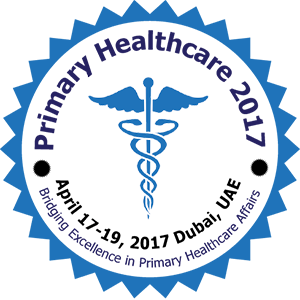
Pankaj Gupta
Taurus Glocal Consulting, India
Title: Role of meta data and data standards in primary and public healthcare
Biography
Biography: Pankaj Gupta
Abstract
The Public Health System in India is struggling with multiplicity of information systems being used at central as well as at state level. Each of these systems is unable to exchange data and information with each other. To overcome similar challenges across ministries, the Ministry of Communication and Technologies initiated semantic standardization across various domains under Metadata and Data Standards (MDDS) project. The intent was to promote the growth of e-Governance within the country by establishing interoperability across e-Governance applications for seamless sharing of data and services. MDDS for Health domain was created by adopting global standards in such a way that existing applications could be easily upgraded to the MDDS standards. The exercise yielded approximately 1000 data elements. These data elements were expected to serve as the common minimum data elements for development of IT applications for various sub domains of health care.
The Need:The need for the CDE arose because most of the primary and public health IT applications are being developed without any standards by different agencies and vendors in public and private sector in India. Each application is developed for standalone use without much attention to semantic interoperability. Later when the thought of interoperability emerges – it becomes difficult to connect the primary and public health systems and make them talk to each other because they were never designed for that purpose. Even if technical and organizational interoperability is done the semantic interoperability may remain a challenge. For example – all primary and public health applications must have the same Facility Master. When Application A sends the ANC data for Facility 123, the receiving Application B should understand ANC and uniquely identify Facility 123. Another example is if a hospital application sends the insurance reimbursement bill to insurance company/government, the recipient application should be able to understand and represent the same meaning of bill information.
Pilot Test:Ministry of Health & Family Welfare has initiated development of the national health facility registry. The registry was intended to standardize facility masters used across public health information systems. Standardization of facility masters is required for two purposes, first when exchanging data the sending and receiving applications should be able to identify health facility similarly. For example – when Application A sends the maternal health data for Facility 123, the receiving Application B should understand maternal health data and uniquely identify Facility 123.
Second, in public health, performance of each of the facility is assessed using aggregate indicators and facility master serve as the secondary data source on which primary program specific data is aggregated. For example- data from number of doctors from system A and total outpatient attendance data from system B could be analyzed to get per doctor patient load across health facilities only when both applications use common facility masters.

